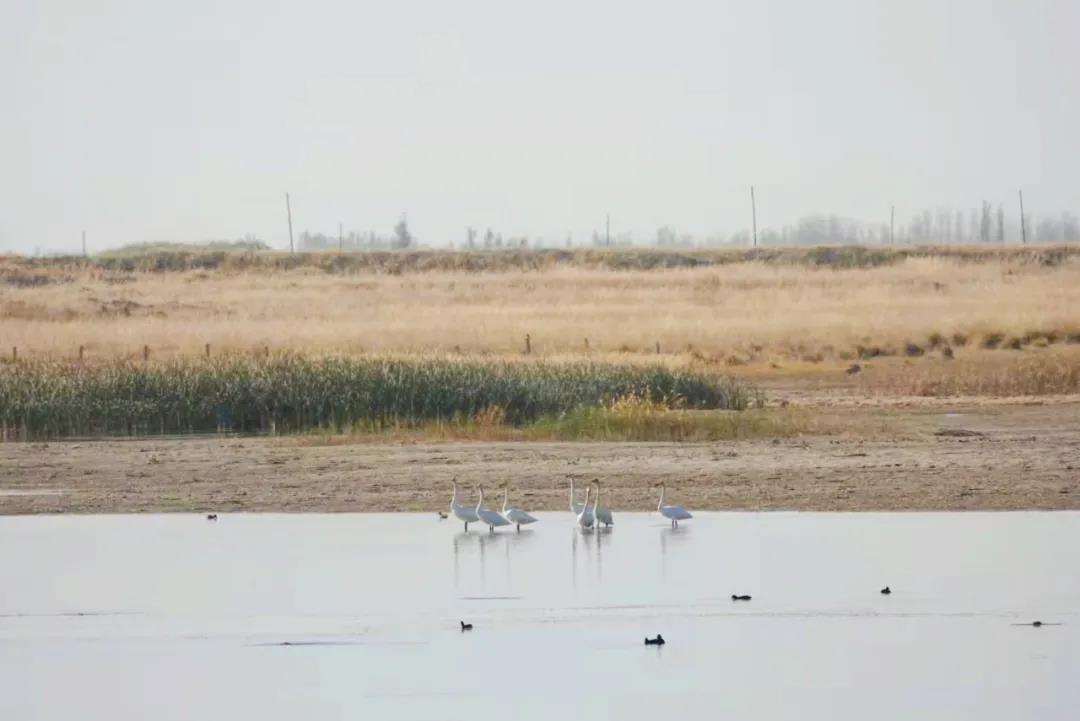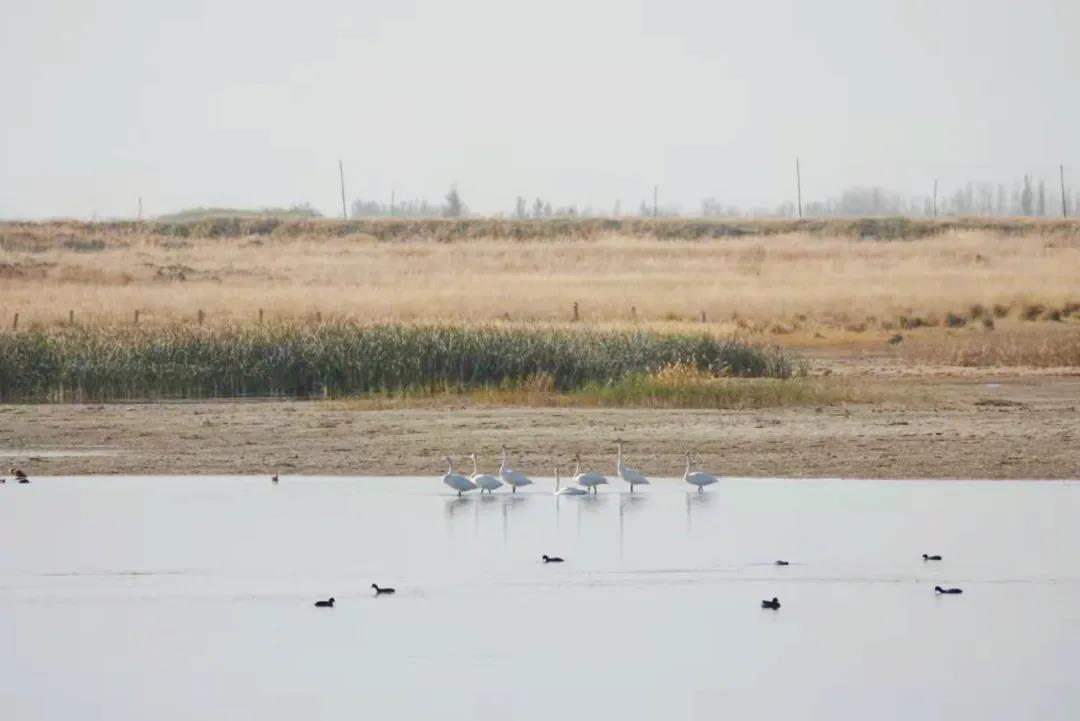In October, Caohu National Wetland Park ushered in the first batch of overwintering swans in 2021. Swans migrated here 10 days earlier than in 2020. This is the third consecutive year that they came to Caohu National Wetland Park ahead of schedule.

These gentle and elegant elves have found a quiet and comfortable place to stay for a long time. They form a unique picture with the reeds floating in the breeze, adding a few strokes of warmth of harmonious coexistence to the cloudy day when the temperature drops suddenly.

In China, every March and April, swans fly from the south to the northern frontier provinces to lay eggs and reproduce. Female swans usually lay two or three eggs in May. During breeding period, they mainly inhabit open lakes, ponds, swamps, slow flowing rivers and adjacent tundra lowlands and tundra swamps. Once October is over, they will move southward in teams and spend the winter and rest in places with warmer climate in the south. In winter, swans mainly inhabit large lakes, reservoirs, ponds and bays with many reeds, cattail and other aquatic plants. They also appear in wet grasslands, flooded plains, swamps, beaches and estuaries, and sometimes even in farmland and fields.